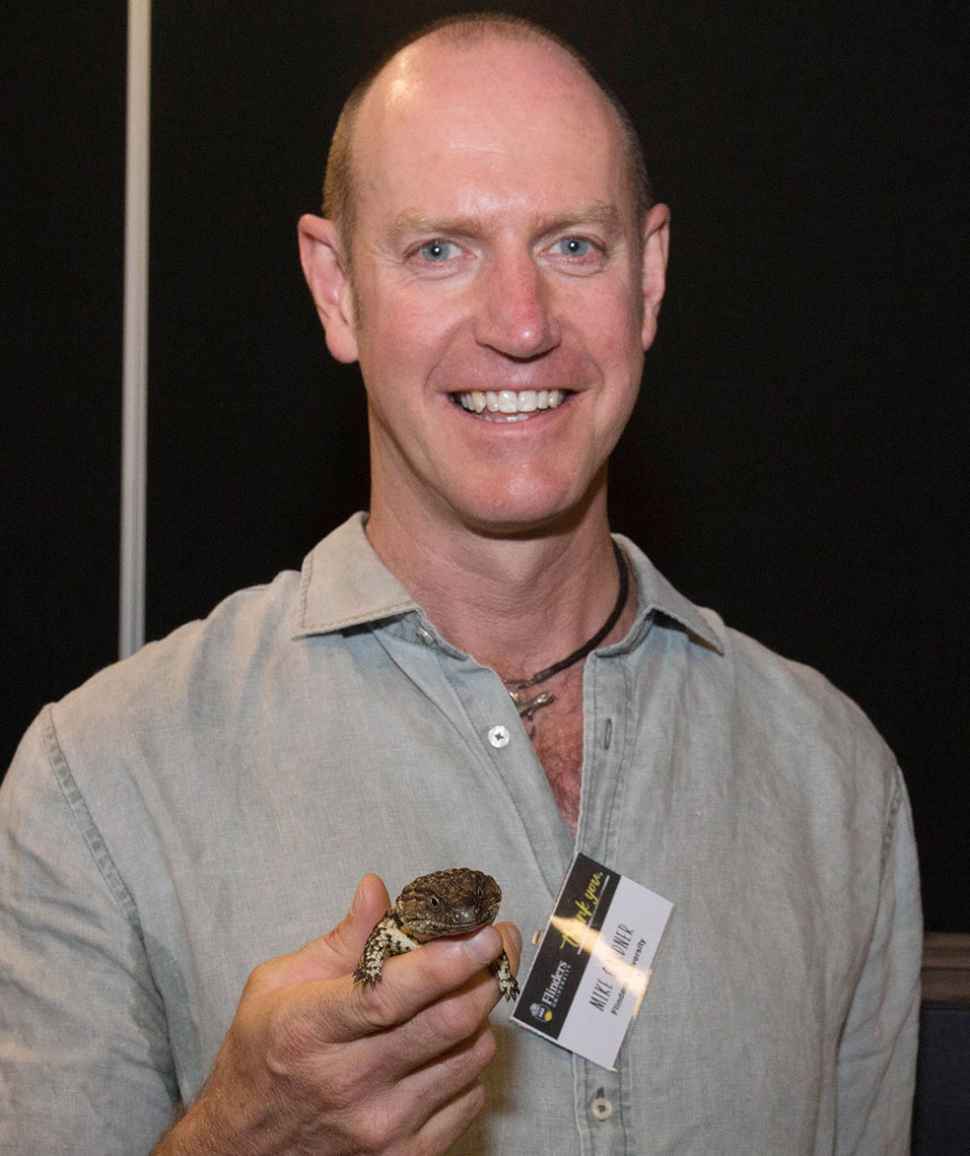Hermon Slade Foundation
Research funding for climate change and Australian Megafauna
Across the next three years, research into how parasitic ticks can predict the spread of disease through climate change, and whether Australia once hosted its own Serengeti of migrating Megafauna, will be supported by critical funding from the Hermon Slade Foundation.
Established in 1995, through the generous benefaction of George Hermon Slade AM, the Hermon Slade Foundation supports the pursuit of excellence in scientific research.
The funding will enable Flinders researchers, Associate Professor Mike Gardner and Dr Jess Clayton to progress their study into two tick species found on sleepy lizards and how they are likely to alter their ranges under climate change. The study hopes to provide a vital link in understanding how climate influences the spread of disease.
‘By understanding the mechanistic factors involved in these two tick species we can learn about the effects of the transfer of disease to a new species especially during a change in climate,’ says Associate Professor Gardner. ‘This study should improve our understanding of species’ responses to climate change and the potential impact on humans.’
Led by Professor Gavin Prideaux, the Flinders team of researchers, Dr Ian Moffat, Shaun Adams, Associate Professor Trevor Worthy and Dr Francesca McInerney, will study the annual migration of now-extinct species of Megafauna in Australia.

Today, kangaroos travel long distances in search of food and water in response to geographically patchy, seasonally variable resources, but they do not migrate.
A recent analysis of the incisor tooth of an extinct rhinoceros-sized marsupial, Diprotodon optatum suggested that it once undertook a 200km seasonal migration through southeastern Queensland. The evidence of this single tooth, together with the inferred herd-living behaviour of Diprotodon, has been used to evoke the image of an Australian Serengeti – which can now be tested through this study and with further evidence.
‘The remarkable preservation of the megafaunal remains at Lake Callabonna near the Lake Eyre Basin offers an exceptional opportunity for generating insights into the biology of these iconic Australian giants,’ says Professor Prideaux. ‘A wealth of material also exists at Flinders University and in the South Australian Museum, yet until now, no research in this area has been undertaken.’
Thanks to the Hermon Slade Foundation funding, Professor Prideaux is looking forward to getting the Australian Megafauna study underway. ‘I’ve been trying to start this project for 12 years, but have not had funding, so we are really excited,’ says Professor Prideaux.
![]()
Sturt Rd, Bedford Park
South Australia 5042
South Australia | Northern Territory
Global | Online
CRICOS Provider: 00114A TEQSA Provider ID: PRV12097 TEQSA category: Australian University








